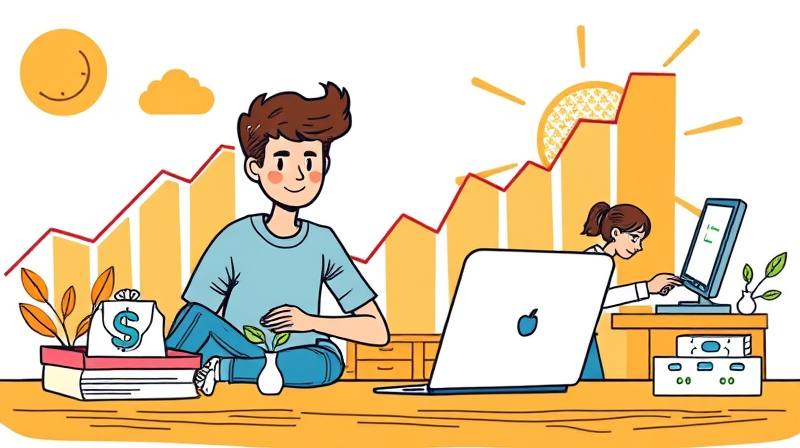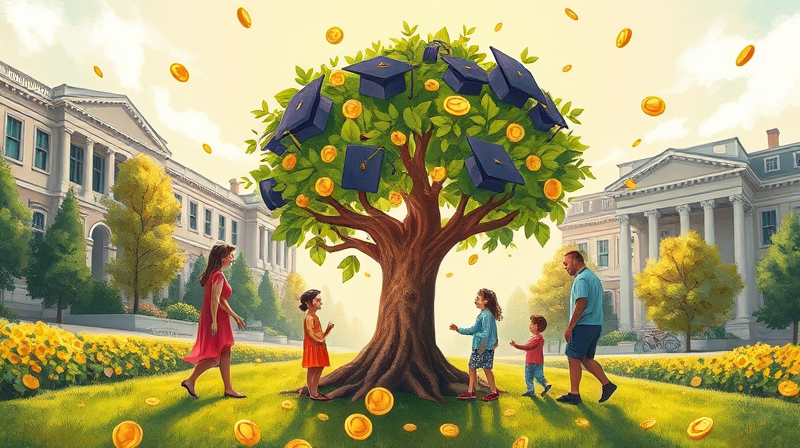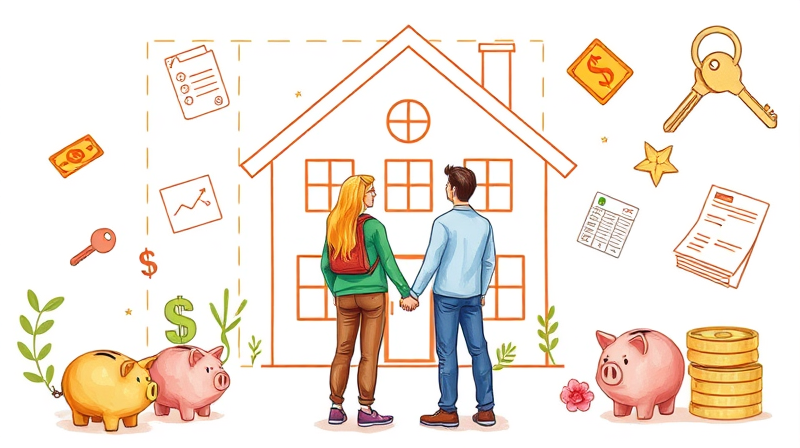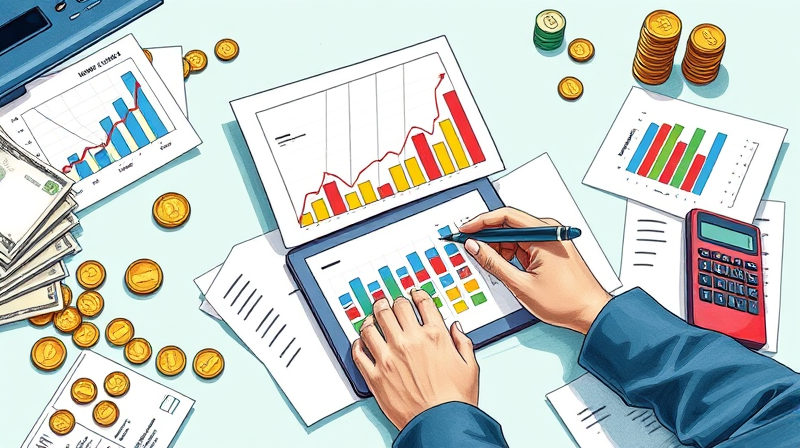
In today’s economic climate, carrying student debt can feel like an insurmountable mountain. With U.S. borrowers holding over $1.77 trillion in total student debt and an average of $38,375 per federal borrower, millions seek a clear path toward financial freedom. This guide offers inspiring insights and actionable tactics to pay off loans faster, regain control of your future, and transform stress into strategy.
Whether you’re fresh out of college or several years into repayment, adopting a proactive approach can dramatically shorten your debt timeline. Let’s explore how to conquer student loans with confidence and purpose.
As of 2025, federal student debt balances stand at $1.64 trillion, spread across 42.7 million borrowers. Delinquency rates jumped from 0.8% to 8% in early 2025 due to policy adjustments, highlighting the risk of inaction. For many, debt extends well beyond graduation—52% of borrowers are older than 35, and 20% are over 50.
Demographic disparities also persist. Black borrowers carry higher average balances than other racial groups, while residents of Georgia, Maryland, Mississippi, and Virginia face the steepest per-capita debt. Those from for-profit institutions often incur heavier burdens, making targeted strategies essential.
Repaying student loans quickly isn’t just about crossing a finish line; it liberates cash flow for life’s milestones. Accelerated repayment reduces long-term interest, lowers overall borrowing costs, and protects credit scores from the strain of growing balances.
Imagine redirecting funds from loan payments to a down payment on a home, bolstering retirement savings, or even starting a business. Every dollar saved on interest is a dollar available for your dreams.
Combining multiple tactics creates momentum. Here are the top strategies to tackle your debt head-on:
Choosing how to allocate surplus funds often boils down to two key methods:
Both methods require maintaining minimum payments on all loans while directing extra dollars strategically. The avalanche method saves the most money, whereas the snowball method fuels consistent progress through early victories.
Federal and state programs can dramatically lighten your load. Explore every option to reduce your principal balance:
Stay vigilant for policy updates, as proposed changes may affect eligibility, payment caps, and forgiveness timelines. Regularly review your servicer’s announcements and government portals.
2025 may bring new regulations under the proposed administration changes, such as capping IDR payments on gross income or extending forgiveness periods to 30 years. While these adjustments await implementation, proactive borrowers should:
• Monitor federal announcements to preserve existing benefits and safe harbors.
• Engage with financial advisors or student loan counselors for personalized guidance.
• Keep precise records of payments, employment certifications, and IDR applications.
A comprehensive approach to debt repayment integrates strong budgeting and smart saving:
Combining disciplined spending with strategic repayment builds confidence and resilience. Over time, these habits compound like interest—only in your favor.
Student loan debt may feel overwhelming, but it’s a challenge you can overcome with intentional planning and perseverance. By starting early, leveraging forgiveness programs, and adopting targeted repayment methods, you hold the keys to financial independence.
Celebrate each milestone, whether it’s paying off a single loan or cutting your overall balance by 25%. These wins fuel momentum, transform stress into achievement, and pave the way for bigger dreams—homeownership, entrepreneurship, and beyond.
Remember: every extra payment, every informed decision, and every policy update you track brings you closer to a life unburdened by debt. Your journey from borrower to victor begins today.
References













